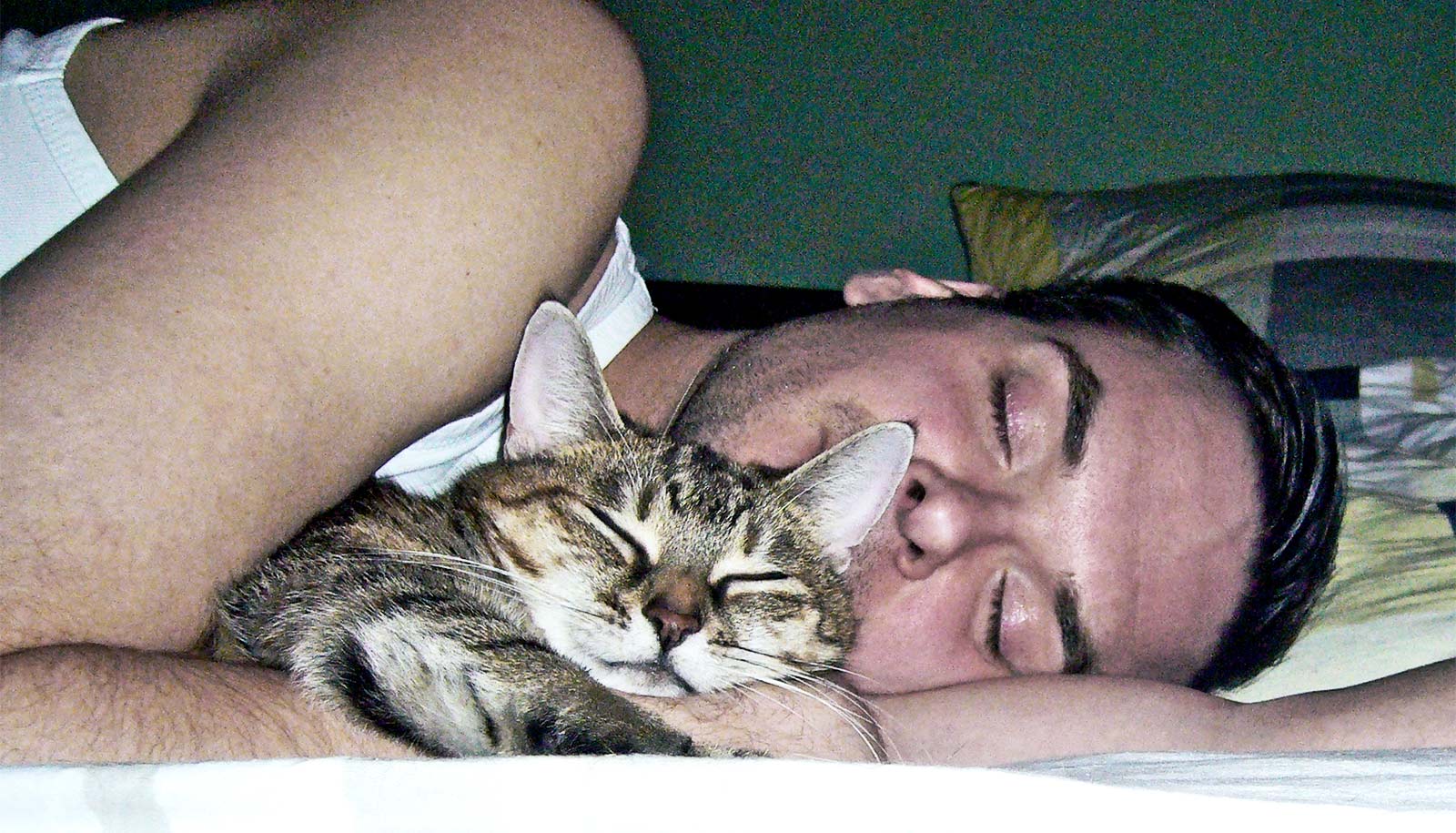Making the change to daylight saving time isn’t good for our healthy habits, a new study shows.
Researchers found that the onset of daylight saving time—when most jurisdictions in the United States “spring forward” and set their clocks ahead by one hour—is associated with increased consumption of processed snack foods and fewer trips to the gym.
“There’s quite a bit of research in health fields related to how well-being is affected by daylight saving time,” says Ram Janakiraman, professor of marketing analytics at North Carolina State University’s Poole College of Management and corresponding author of the new study in the Journal of Marketing.
“We wanted to explore similar issues through the lens of consumer behavior, giving us new insights into how daylight saving influences the decisions we make.”
“Anecdotally, we often hear stories from friends and acquaintances about how daylight saving time affects them,” says coauthor Rishika Rishika, an associate professor of marketing. “We wanted to see if there was data supporting the idea that moving the clock ahead one hour actually affects our behaviors.”
In the first of two studies, researchers analyzed data collected by a packaged food company headquartered in the US. The company collected data from a nationally representative cohort of study participants between 2004 and 2010. All study participants used a mobile device to record detailed data on their snack consumption for two weeks, including not only what they ate, but when they ate it, and how much of each snack they consumed.
“This data set is remarkable because it spans multiple years, and tracks specifically what people are eating,” Janakiraman says. “Many other data sets look at what people buy, or rely on people remembering what they’d eaten. This data was collected using a methodology that had study participants enter their consumption in the moment.”
The snack data set included consumption data from the days leading up to the onset of daylight saving time, and the days following the onset. In addition, the data set included information from consumers in parts of the US that do not observe daylight saving time—allowing those consumers to serve as a control group.
In the second study, researchers analyzed data from a company that operates hundreds of fitness centers across the United States. The company provided data on the number of customers who visited the gym in the week leading up to the onset of daylight saving time, and in the week following the onset. Again, the researchers were able to use data from fitness centers in regions that don’t observe daylight saving time as a control group. This dataset was from a single year.
The results of the two studies were significant—and not good news for health buffs.
The first study found that people ate more processed snack foods in the days after daylight saving time began—particularly later in the day and on days when it was overcast.
The second study found that visits to the gym declined after the onset of daylight saving time.
“This effect was stronger in people who are irregular gym users,” Rishika says. “People who have a regular gym schedule were less affected by the time change. This negative effect of daylight saving time was also more pronounced the further people live from the gym.
“One big takeaway for consumers is that we need to be mindful about trying to maintain healthy habits after daylight saving time,” says Rishika.
“The study also tells us that daylight saving time is an opportunity for companies to engage in outreach efforts that help consumers adjust to the time change,” says Janakiraman. “The findings also suggest there is a need for public policies that support people when we’re setting the clock forward.”
Additional coauthors are from the University of Manitoba, Bern University of Applied Sciences, the University of South Carolina, and California Baptist University.
Source: NC State



